01.
Provide Value that Broadens
People's Life Perspectives
02.
Global Economic Zone where
Goods and Thoughts circulate
03.
Corporate Culture and
Human Resources as the
Source of Value Design
04.
Responsible Business
Practice for the Earth and
the Society


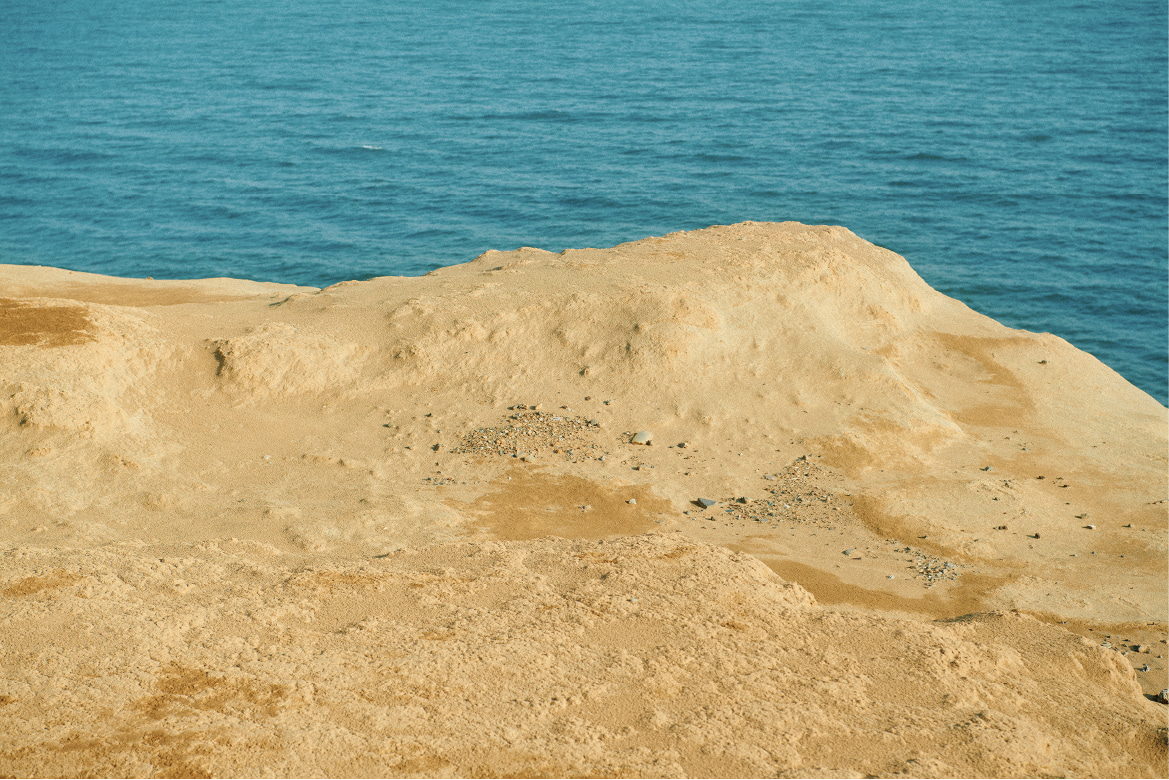




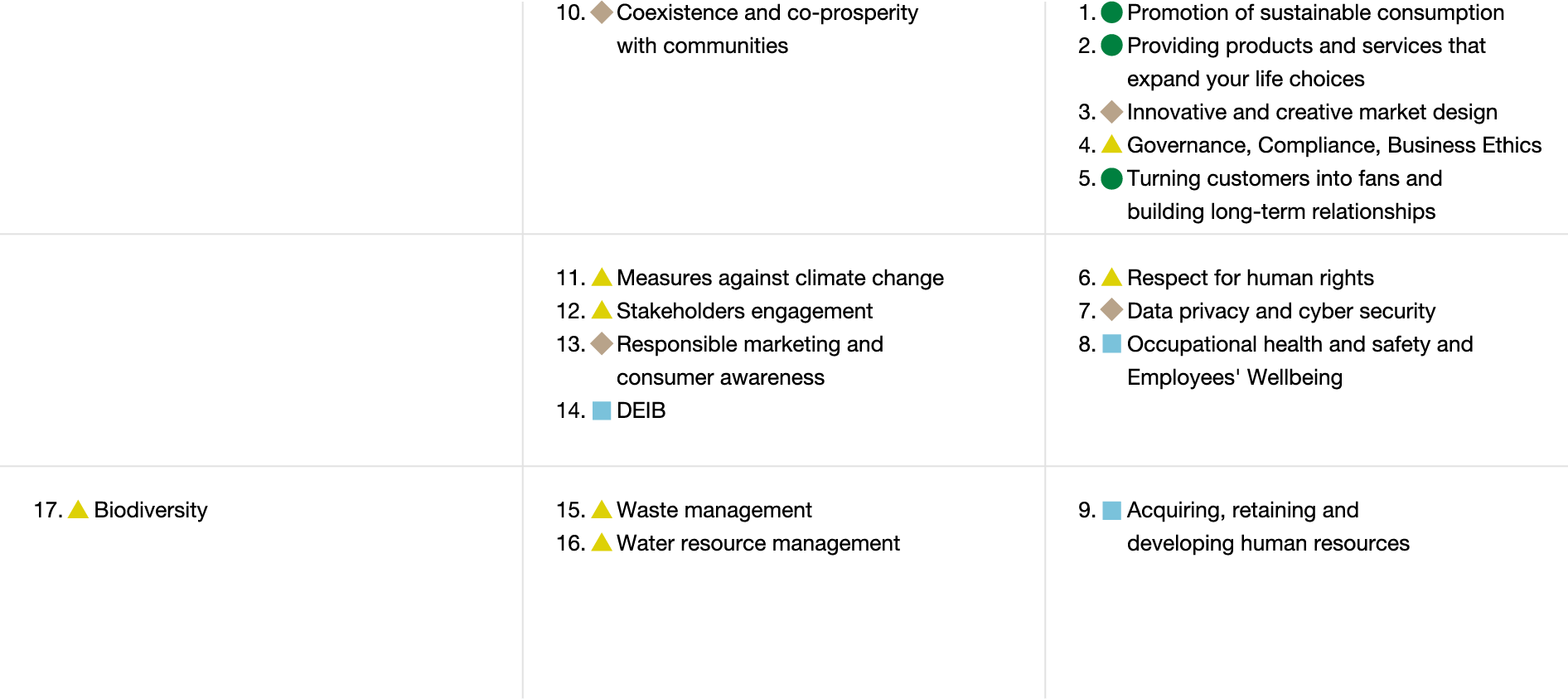


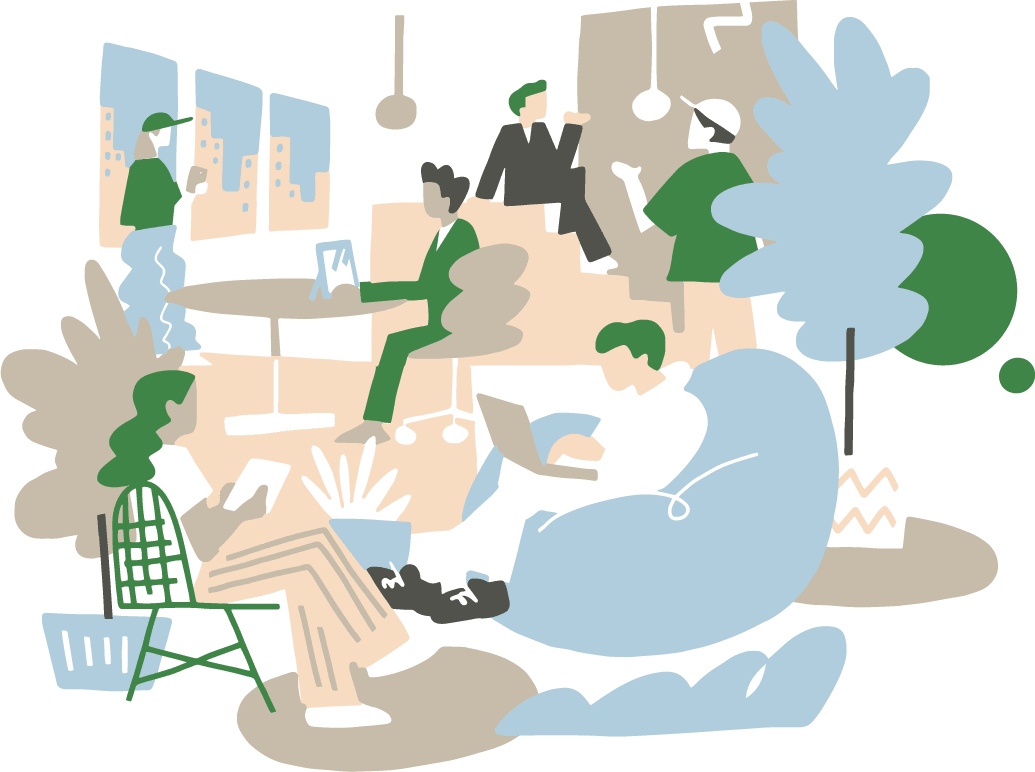
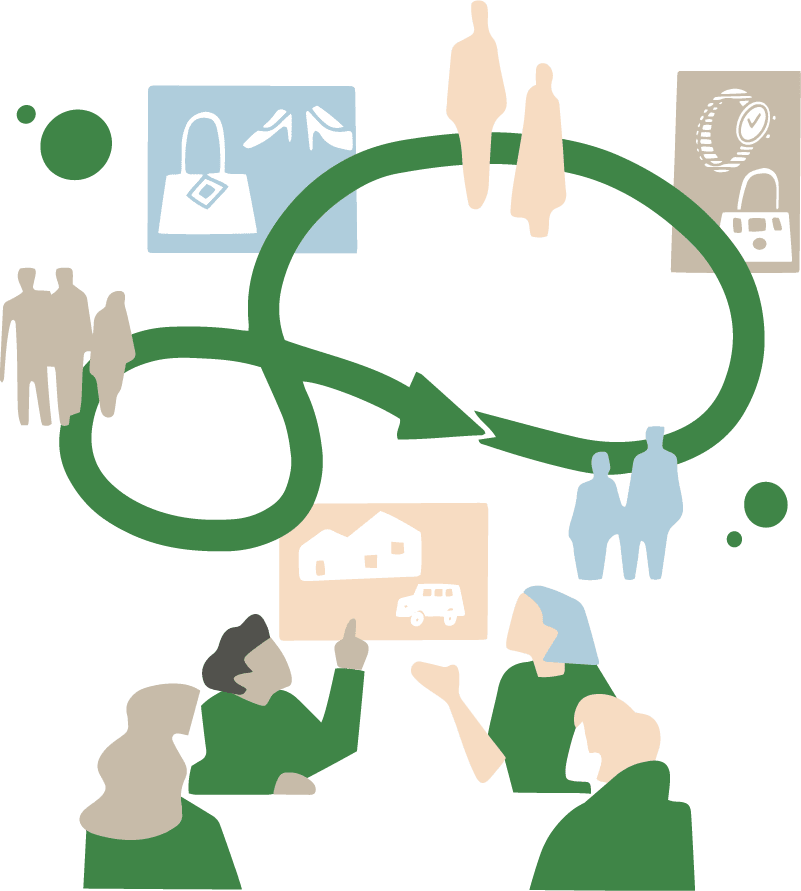


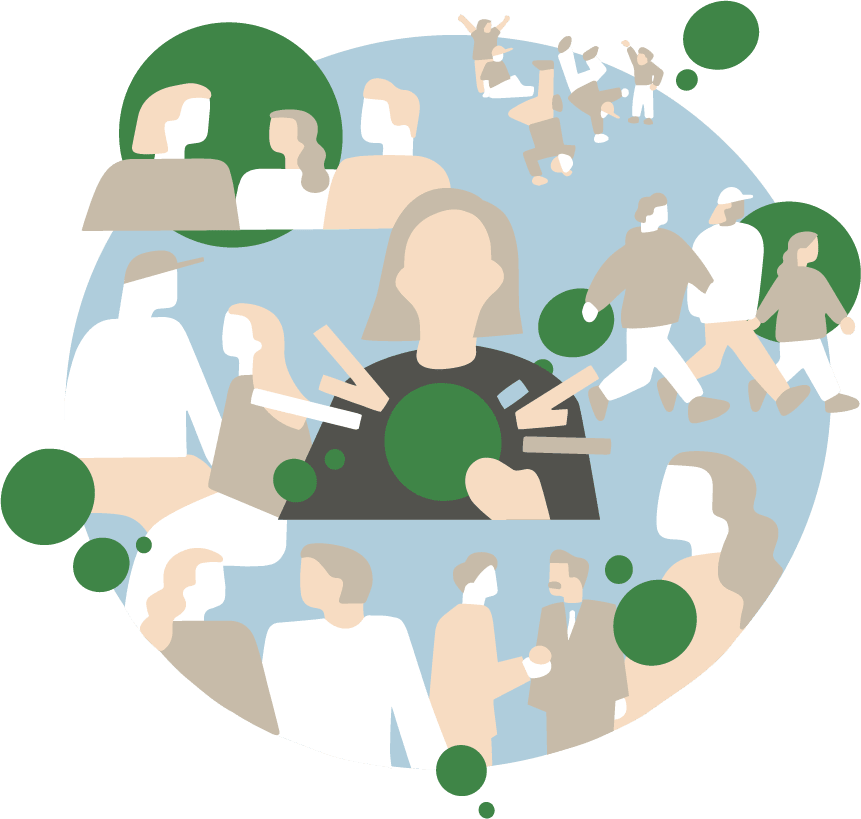


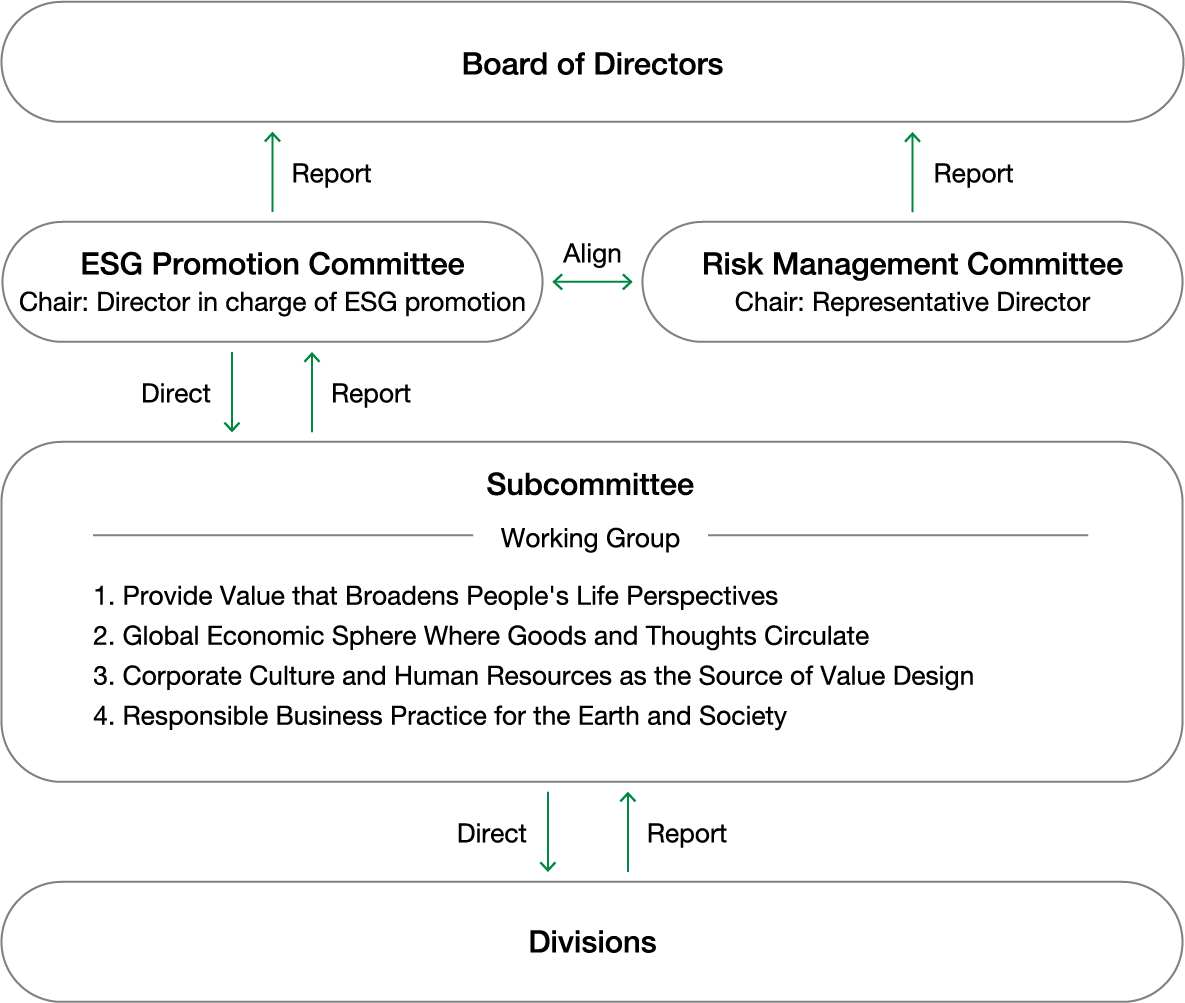
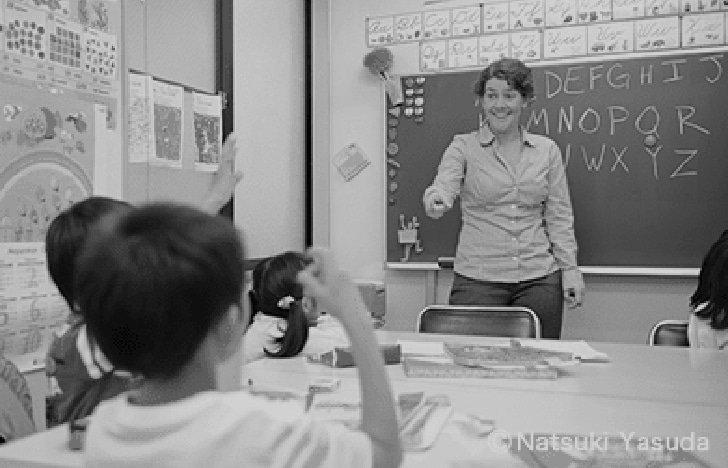


Social
One of the most important management issues for the Valuence Group is to maximize the value of our human resources by building expertise and ensuring organizational diversity. Expertise and diversity will help us achieve the Valuence Group corporate philosophy and medium-term vision. We pursue a number of initiatives under three human capital-related materiality issues: Occupational health and safety and Employees' Wellbeing; Acquiring, retaining and developing human resources; DEIB
View More